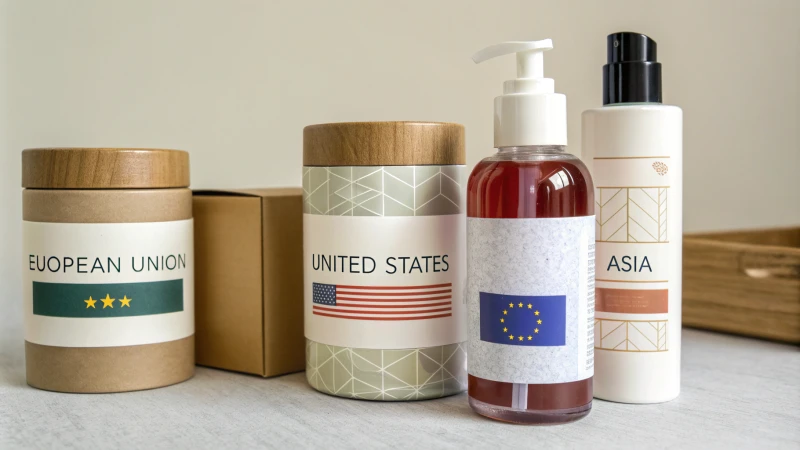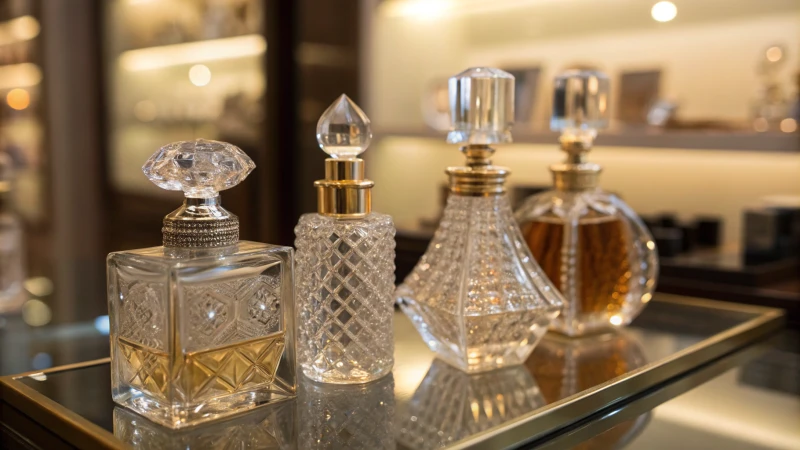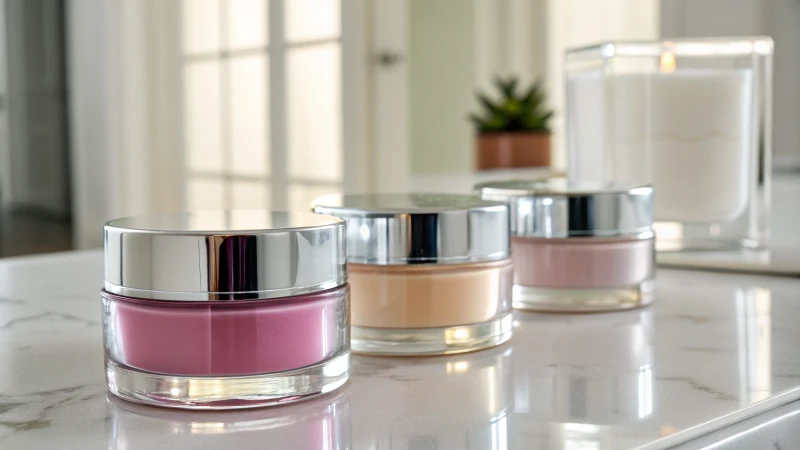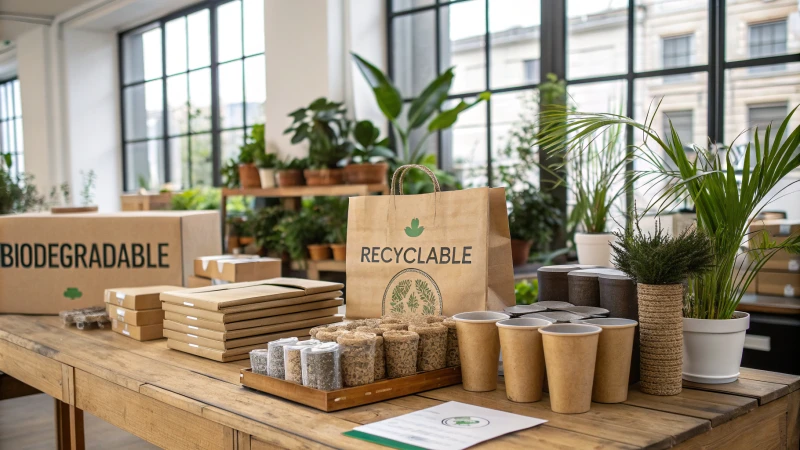What are the labeling requirements for cosmetic packaging in the EU, US, and Asia?

Navigating cosmetic packaging labeling can be complex due to varying regulations in the EU, US, and Asia. Each region mandates specific requirements such as ingredient lists, net contents, and details of the responsible party. The EU emphasizes multilingual labels and full ingredient disclosure using INCI standards. In contrast, the US requires ingredients listed by predominance along with clear branding. Asian markets present unique challenges with country-specific rules that often necessitate local language translations. Understanding these differences is crucial for businesses aiming to succeed globally while ensuring consumer safety and compliance.
Why is fragrance bottle style as necessary as scent design?

The design of a fragrance bottle goes beyond mere aesthetics; it plays a vital role in storytelling, brand identity, and consumer engagement. A well-crafted bottle can evoke emotions and create lasting memories, influencing purchasing decisions significantly. Elements such as shape, color, and material not only attract attention but also communicate the essence of the fragrance within. Additionally, functionality and sustainability are increasingly important in modern designs, appealing to eco-conscious consumers. This article explores how these factors intertwine to elevate the fragrance experience and drive brand loyalty.
How to identify crystal perfume bottles?

Identifying genuine crystal perfume bottles involves examining their weight, clarity, and brilliance. Genuine lead crystal glows blue or purple under black light, while glass appears dull green. This guide explores the differences between lead and non-lead crystal, emphasizing safety concerns and aesthetic qualities. Handcrafted bottles showcase unique artistry that elevates their value compared to machine-made options. Accessories like gold-plated caps enhance luxury perception, while market trends shift towards eco-friendly materials and customization. Understanding these factors is crucial for collectors and buyers seeking high-quality crystal bottles.
How do double-walled cosmetic jars improve product preservation?

Double-walled cosmetic jars are essential for preserving skincare products. They block air and light, reducing degradation while providing thermal insulation. Airless pump technology further enhances protection against oxidation and contamination. Choosing high-quality materials is crucial for durability and sustainability. Brands should consider eco-friendly options like recycled plastics or biodegradable resins to meet consumer demands for sustainability. Additionally, understanding the impact of environmental factors such as temperature fluctuations and humidity on packaging effectiveness is vital for maintaining product integrity during transit. Investing in superior packaging not only protects products but also enhances brand perception, ensuring compliance with regulatory standards while appealing to eco-conscious consumers.
How can we leverage the rise of green packaging to access new markets?

Green packaging is more than a trend; it’s a strategic move for businesses aiming to tap into new markets. By adopting sustainable practices and obtaining certifications such as FSC, Cradle to Cradle, and ISO 14001, companies can align with environmental regulations while appealing to eco-aware consumers. The initial investment in green packaging may be higher, but the long-term benefits include reduced material costs, enhanced brand loyalty, and improved supply chain efficiency. As consumer demand for transparency grows, businesses that prioritize sustainability not only meet regulatory requirements but also gain a competitive edge in premium markets. This article explores how leveraging green packaging can drive economic growth while contributing to a healthier planet.


 Online | Privacy policy
Online | Privacy policy